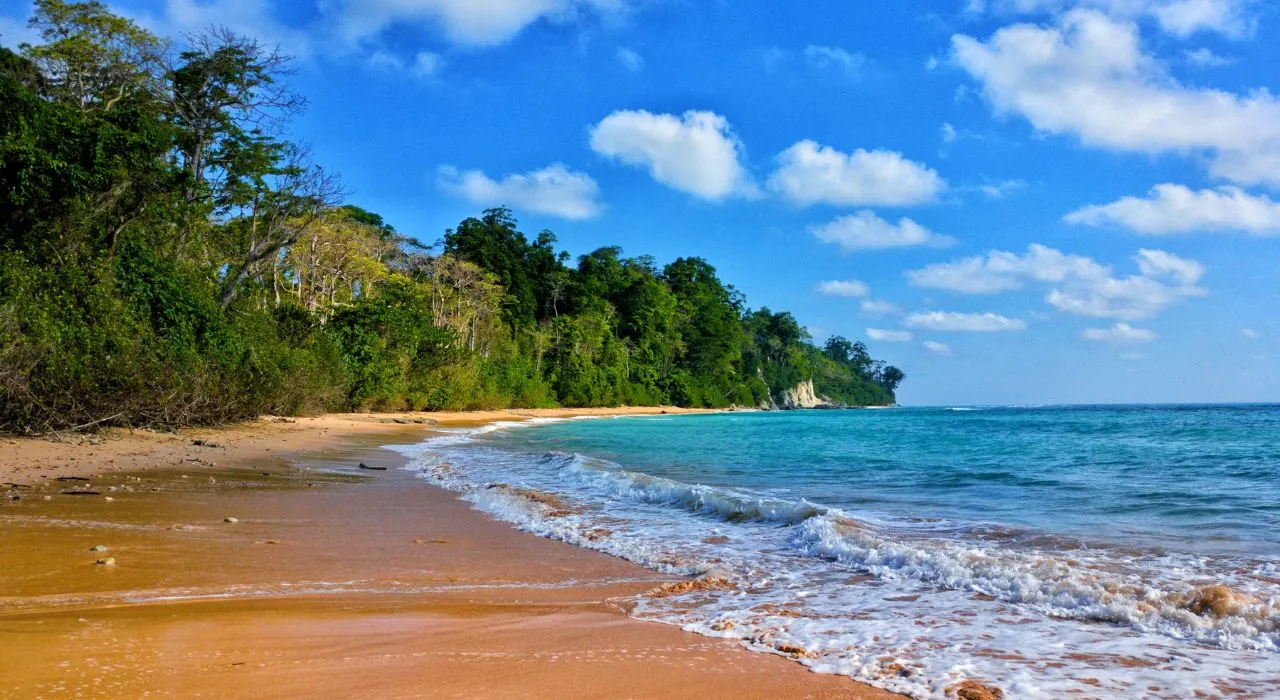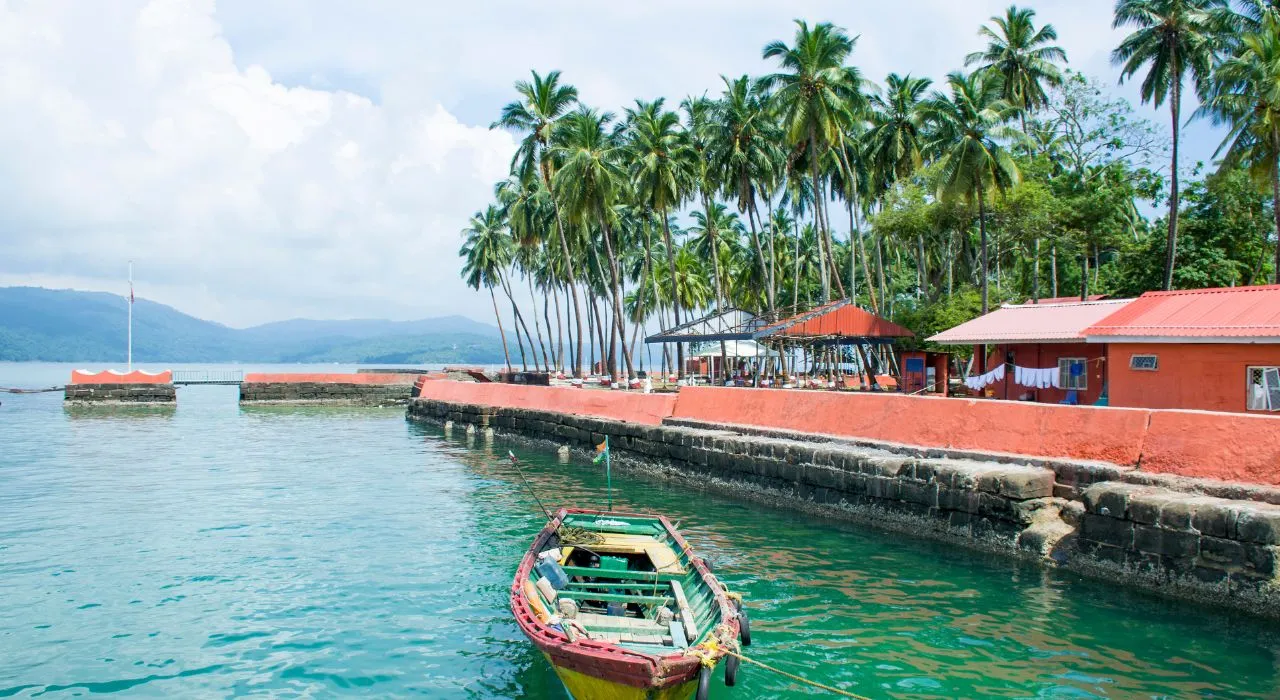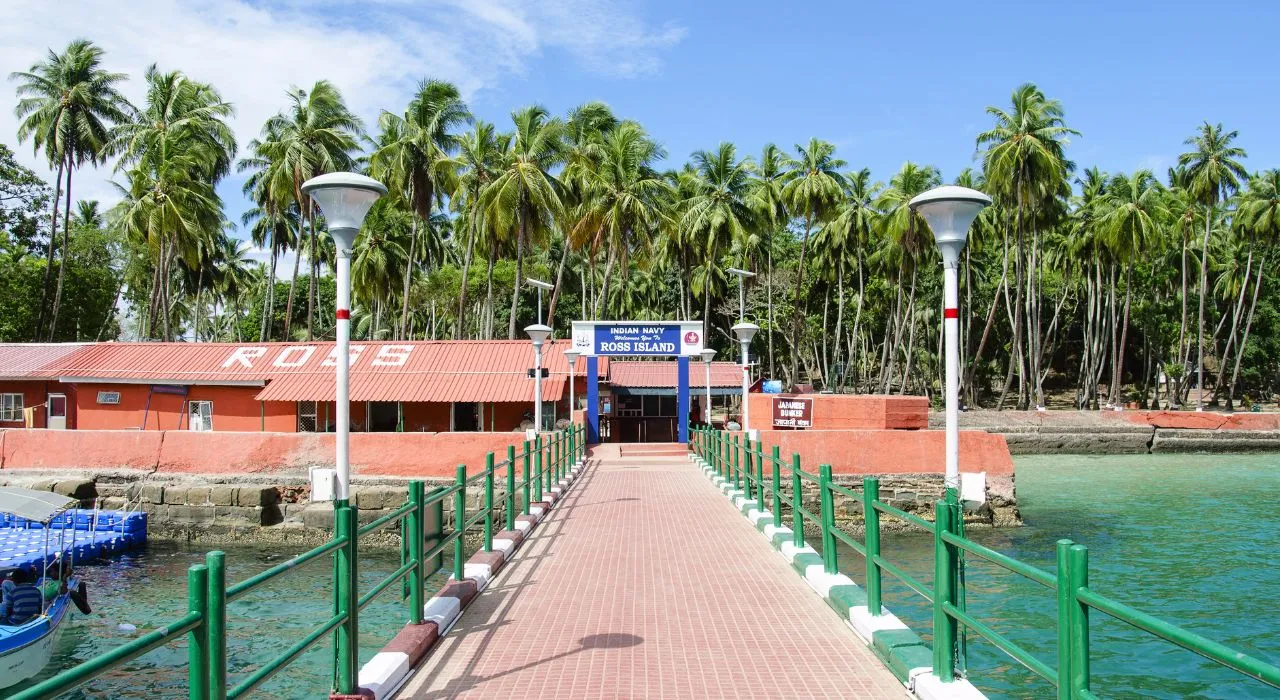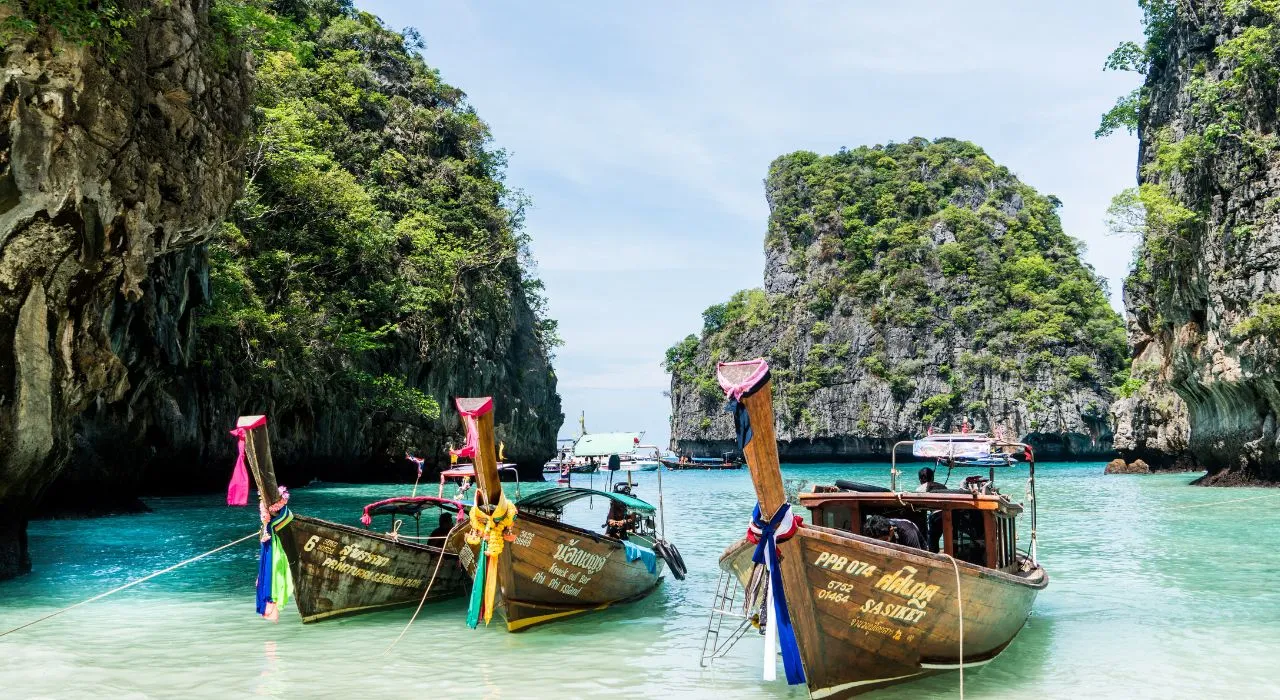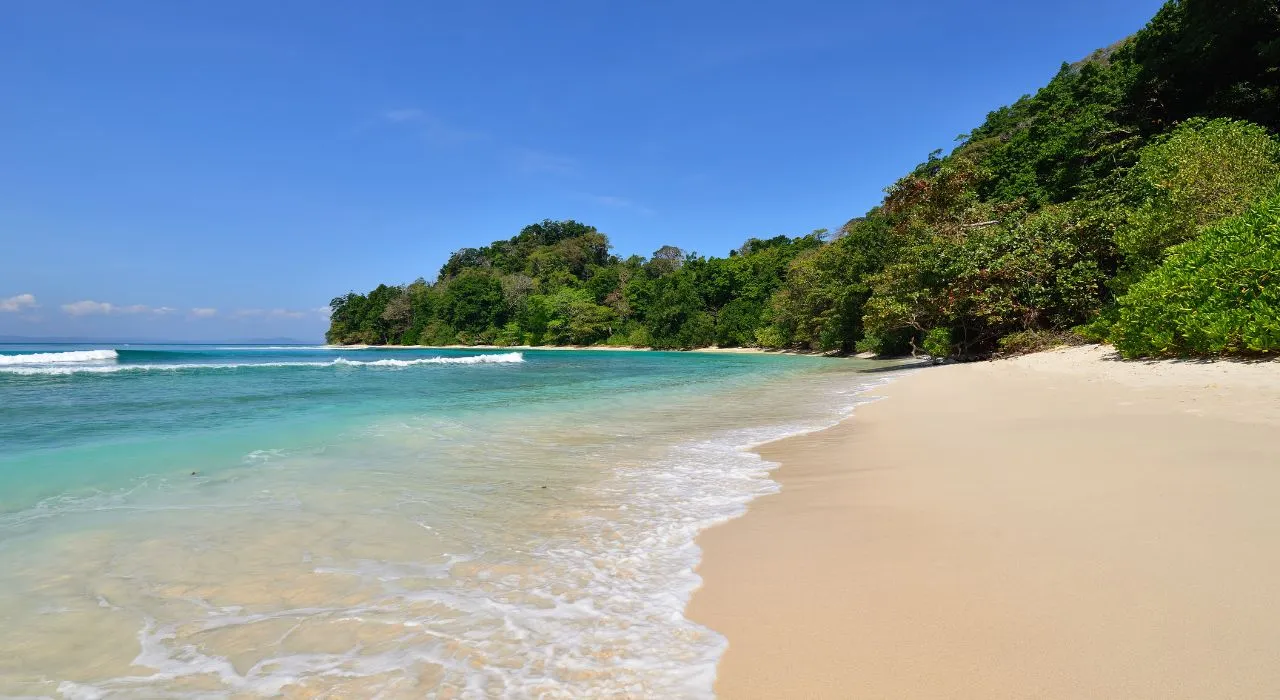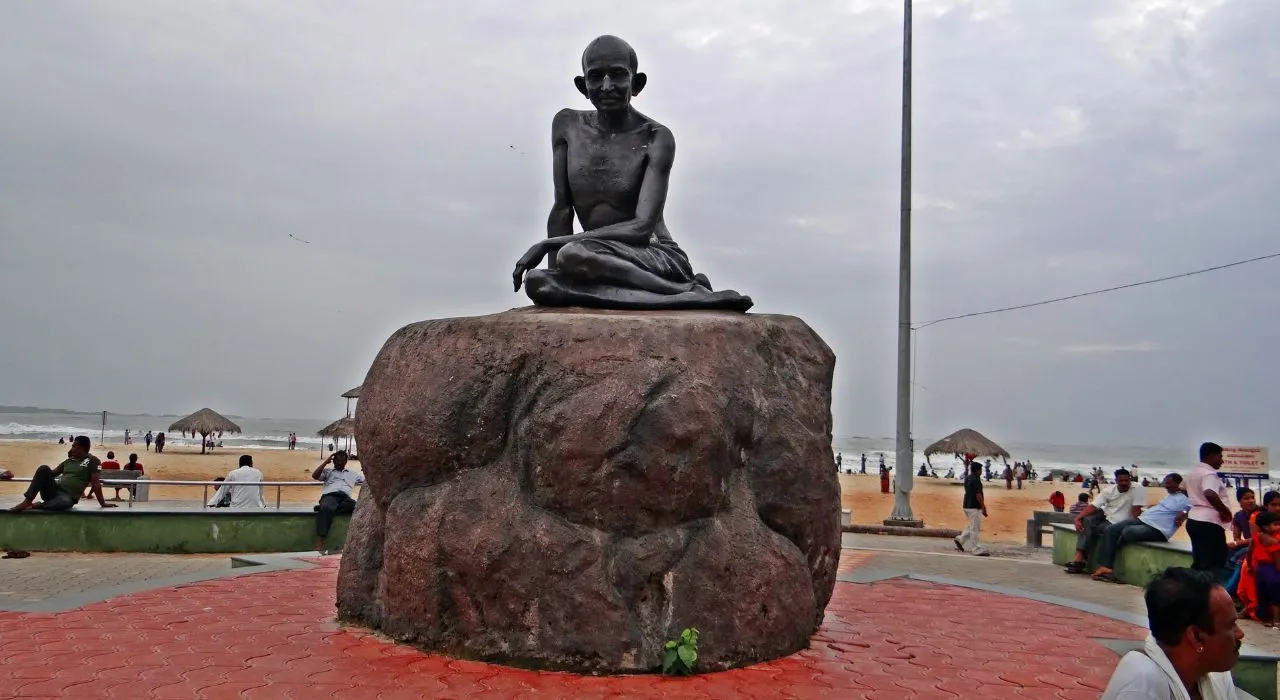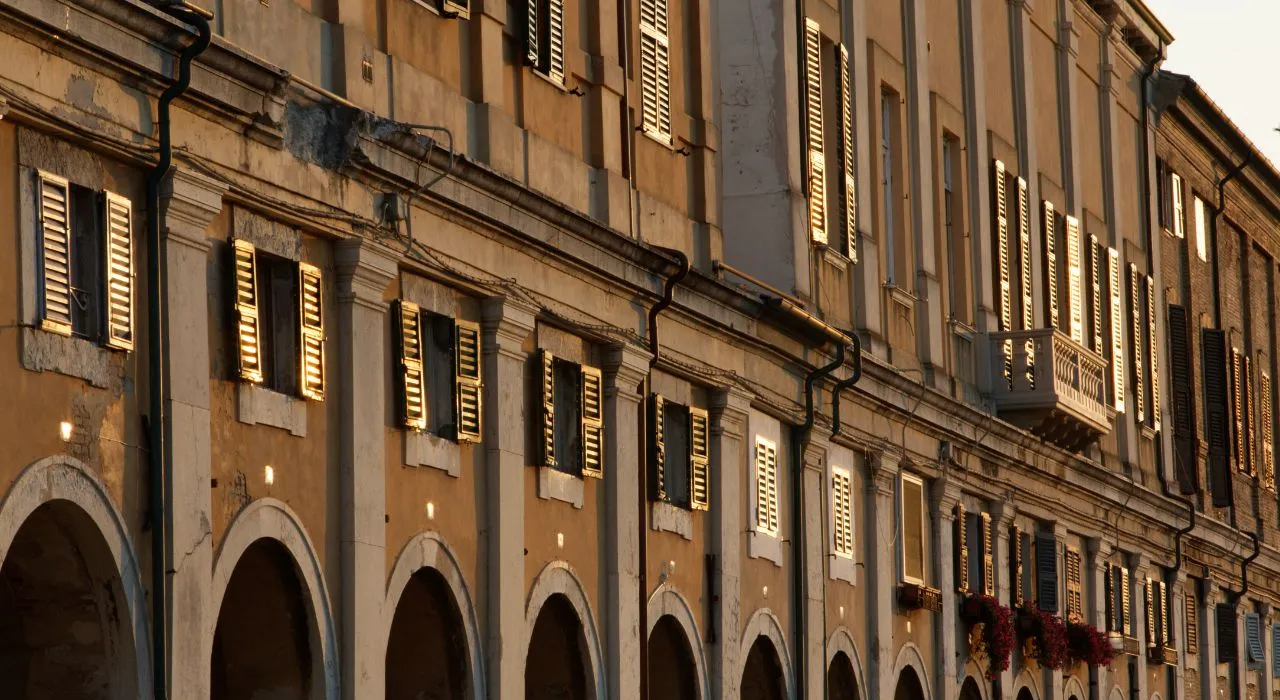The Enchanting Archipelago: A Deep Dive into the Andaman and Nicobar Islands
The Andaman and Nicobar Islands, a captivating archipelago nestled in the Bay of Bengal, represent a paradisiacal blend of nature’s splendor, cultural diversity, and historical significance. Comprising over 500 islands, this Indian territory is a haven for travelers seeking unspoiled landscapes, pristine beaches, and a rich tapestry of indigenous cultures. Let’s embark on a journey to explore the unique facets that make the Andaman and Nicobar Islands an alluring destination.
Geography and Biodiversity
Situated about 1,000 kilometers east of the Indian mainland, the Andaman and Nicobar Islands form an elongated chain stretching from north to south. The archipelago is divided into two groups— the Andaman Islands to the north and the Nicobar Islands to the south— with the Ten Degree Channel serving as a natural boundary. This geographical distinction contributes to the diverse ecosystems and flora and fauna found on the islands.
One of the most remarkable aspects of the Andaman and Nicobar Islands is their rich biodiversity. The lush greenery, dense mangrove forests, and vibrant coral reefs create a unique ecosystem. The islands are home to a variety of flora, including the iconic Andaman Padauk, a tree renowned for its vibrant red flowers. The marine life is equally impressive, with species like dugongs, sea turtles, and a multitude of colorful fish populating the surrounding waters.
Cultural Melting Pot
Beyond its natural allure, the Andaman and Nicobar Islands are a melting pot of cultures, reflecting the diversity of its inhabitants. The indigenous tribes, including the Great Andamanese, Onge, and Nicobarese, have inhabited these islands for centuries, preserving their distinctive traditions and lifestyles. The Jarawa tribe, known for their semi-nomadic lifestyle and unique language, adds to the cultural tapestry of the region.
In addition to the indigenous communities, the islands have been influenced by waves of settlers, including the British, who established a colonial presence in the 19th century. This blend of indigenous and colonial cultures is evident in the architecture, cuisine, and traditions of the Andaman and Nicobar Islands. Local festivals, such as the Nicobar Carnival and the Subhash Mela, showcase the vibrant cultural heritage and artistic expressions of the islanders.
Historical Significance
The Andaman and Nicobar Islands bear witness to a tumultuous history, marked by colonization, war, and struggle for independence. During the British colonial era, the infamous Cellular Jail in Port Blair, constructed in 1906, served as a prison for Indian political dissidents. The jail’s grim history is a stark reminder of the sacrifices made by freedom fighters who endured harsh conditions in their pursuit of independence.
The islands also played a strategic role during World War II, witnessing the Battle of the Andaman Sea and the Japanese occupation. The remnants of wartime structures, including bunkers and airfields, serve as historical monuments, offering a glimpse into the islands’ wartime past. Ross Island, once the administrative headquarters of the British, is another historical site where the ruins of colonial buildings stand as silent witnesses to bygone eras.
Pristine Beaches and Adventure
The Andaman and Nicobar Islands boast some of the most picturesque and unspoiled beaches in the world. Radhanagar Beach on Havelock Island, often lauded as one of Asia’s best beaches, mesmerizes visitors with its turquoise waters and powdery white sands. The beaches not only offer serene landscapes but also serve as gateways to a variety of water-based activities.
Scuba diving and snorkeling enthusiasts flock to the islands to explore the vibrant coral reefs teeming with marine life. The clear waters surrounding the islands provide excellent visibility, making it a haven for underwater exploration. Havelock Island, Neil Island, and North Bay Island are popular hubs for water activities, offering a chance to witness the mesmerizing coral gardens and diverse marine ecosystems.
Ecotourism and Conservation
Recognizing the ecological significance of the Andaman and Nicobar Islands, efforts have been made to promote sustainable tourism and conservation. The diverse ecosystems, including mangrove forests and endemic species, are crucial for maintaining the ecological balance of the region. Organizations and authorities have implemented measures to protect the islands’ natural resources and promote responsible tourism practices.
The Mahatma Gandhi Marine National Park, established in 1983, encompasses several islands and is renowned for its coral reefs and marine life. It serves as a model for marine conservation and sustainable tourism, allowing visitors to appreciate the beauty of the underwater world while minimizing environmental impact. Conservation initiatives also focus on protecting the indigenous tribes and their unique ways of life, recognizing the need to balance development with cultural preservation.
Connectivity and Accessibility
Over the years, improved connectivity has made the Andaman and Nicobar Islands more accessible to travelers. Flights from major Indian cities connect to the Veer Savarkar International Airport in Port Blair, the capital of the islands. Additionally, ferry services operate between the various islands, providing an opportunity to explore the archipelago’s diverse landscapes.
While modern amenities are available in the larger towns, the islands still maintain an air of tranquility, offering a refreshing escape from the hustle and bustle of mainland life. The limited connectivity to certain remote islands preserves their untouched beauty, creating a sense of seclusion and serenity for those seeking a peaceful retreat.
Challenges and Sustainability
Despite its natural beauty, the Andaman and Nicobar Islands face challenges related to sustainable development and conservation. The delicate balance between promoting tourism and preserving the fragile ecosystems requires careful planning and management. Climate change poses a threat to the islands, affecting sea levels and the health of coral reefs.
Efforts are underway to address these challenges through community involvement, sustainable practices, and conservation initiatives. Responsible tourism, coupled with awareness programs, plays a pivotal role in ensuring the long-term viability of the islands as a tourist destination while safeguarding their natural and cultural heritage.
The Andaman and Nicobar Islands, with their breathtaking landscapes, rich cultural heritage, and historical significance, beckon travelers to experience a unique blend of nature and civilization. Whether it’s the azure waters surrounding Havelock Island, the historical echoes in Port Blair, or the vibrant cultures of the indigenous tribes, each facet contributes to the archipelago’s allure.
As the Andaman and Nicobar Islands navigate the delicate balance between development and conservation, there is a collective responsibility to cherish and preserve this natural wonder. The islands stand not only as a testament to the forces of nature but also as a reminder of the resilience and diversity that characterize the human and ecological tapestry of this enchanting archipelago.

